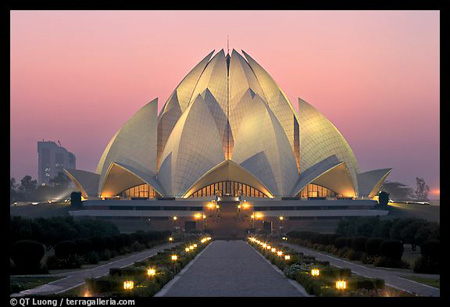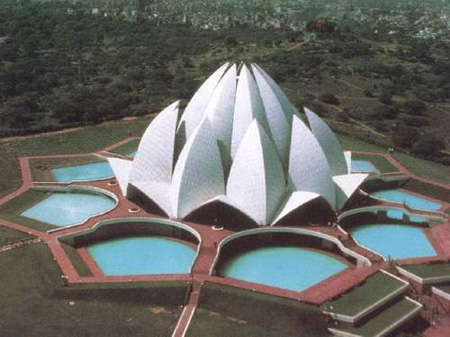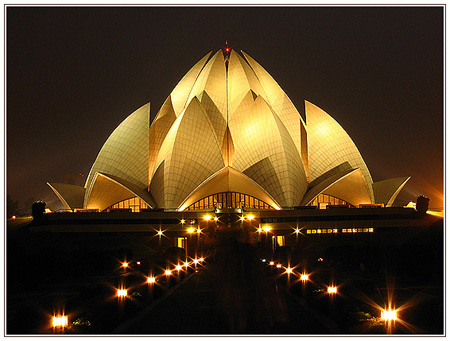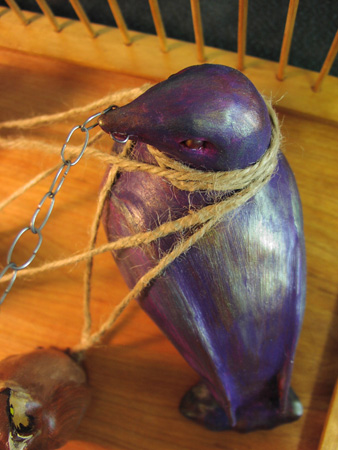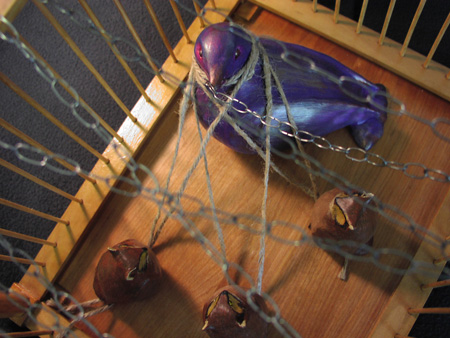A while back, June tagged me in a post asking about the name of my blog. Because I’ve been really busy, I somehow missed the link and only realized it was there when a kind fellow blogger reminded me of it. Most of the time, we never find out why things are named the way they are. I was intrigued to learn the significance of the name of her blog, Spatter.
Mine took a while to come up with. It’s hard to strike the right balance between something that’s intelligent and interesting that also makes at least some sense to your readers. I finally came up with “Lucky Pennies,” which is based on a poem I’d written around that time. I went through a spell where I’d find pennies everywhere you could think of, right down to the kitchen sink drain. I started to wonder if it was a sign or something, and decided to write a poem about it. The poem is about noticing and appreciating things that are small and insignificant to others, hence my subtitle, “sweepings off the floor of the world.” All around us are gifts that have no monetary value, but that endure and stay with us in our minds longer than anything we could buy. Lucky pennies get kicked around a lot before they’re noticed. But the person that does finally notice them is more blessed than a rich man. Here’s the poem:
Lucky Pennies
It all started with the pennies.
I’d see one in every parking lot,
glittering near the storm drain
where it’d been swept to
in the last rain, or in the road,
where it’d rolled from some rich lady’s
pocketbook and been scuffed and forgotten.
They’d skid up and down the aisle of the city bus
until I’d reach down to pick them up.
I would hold up checkout lines, feeling
under the counter edge for the one I’d dropped
until someone waiting, impatient and gray,
would say something sharp.
Soon there was one wherever I looked.
I’d trowel them up, green and corroded,
from the roots of the garden, find them
kicked into the crack under my door,
in the drain when I’d wash dishes,
in the bottom of the washing machine,
in the sweepings off the floor.
Everyday I collected a small prize, worthless,
and yet I was so rich.
Soon it wasn’t just the pennies.
Soon I was collecting a prize every time
I blinked. One day, it was an antique button,
intricate and woven, pounded into the dirt path.
Sometimes it was a rock, a quartz crystal,
or granite studded with mica.
Some days I couldn’t stick in my pocket.
Some days it was the pink glint of sunrise
on my hood as I crested a hill
into the suddenly sun-dazzled day.
It was the skeletal leaf, chewed by bugs
into thin brown lace, or the sight of a heron
soaring just feet over the roadway.
It was the old lady, out tending her poppies
every morning, who would wave at me,
and her poppies would wave too in the draft
of the passing car. It was sound of rain,
the sound of wing beats. Soon I was drunk on glory,
stumbling at the sight of sun-edged clouds
and trees, of hummingbirds and fog-filled valleys,
crazed, but yet so sane, empty,
but yet so full.
